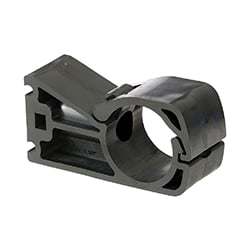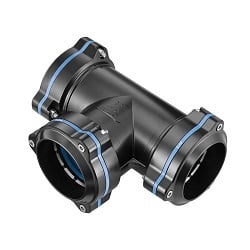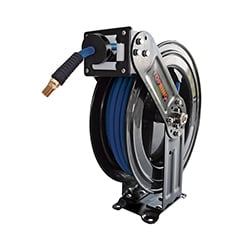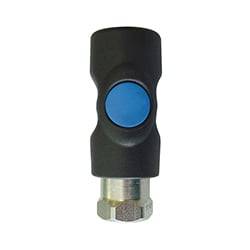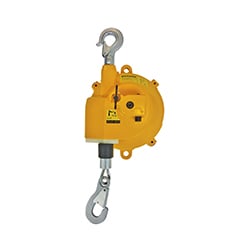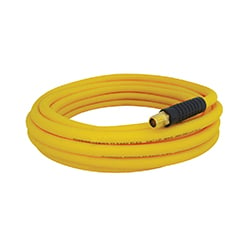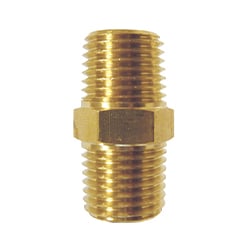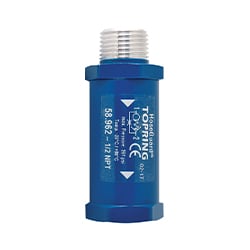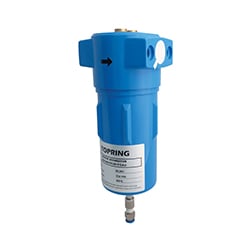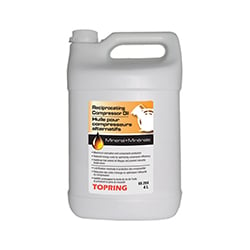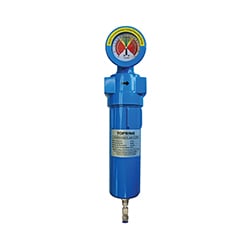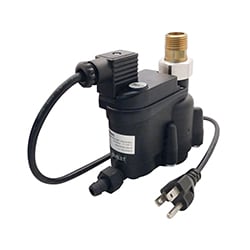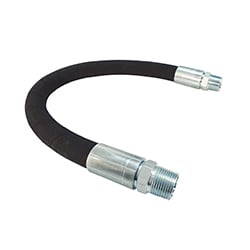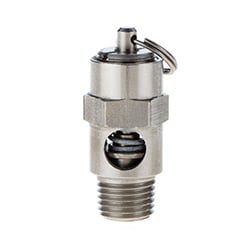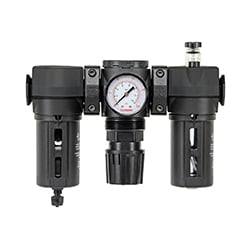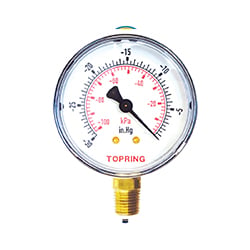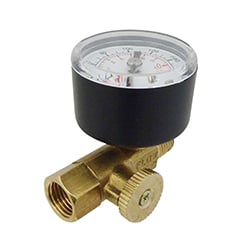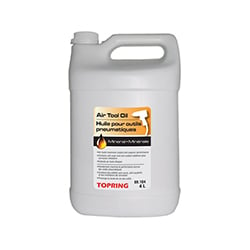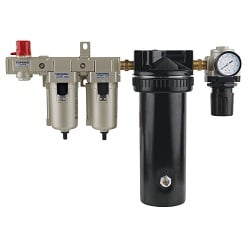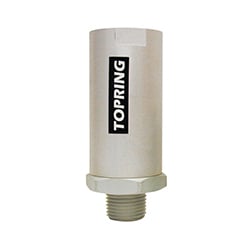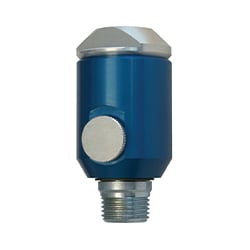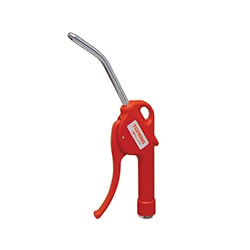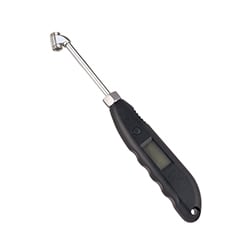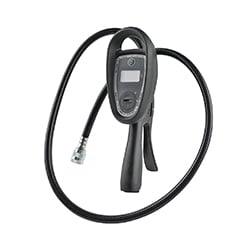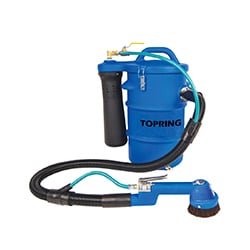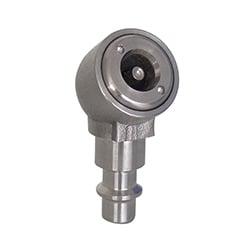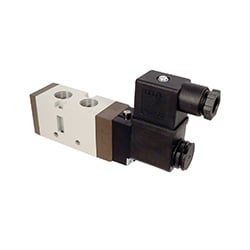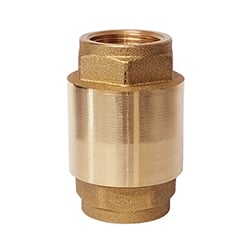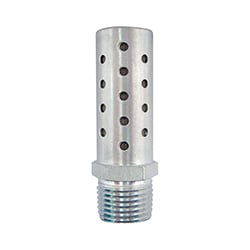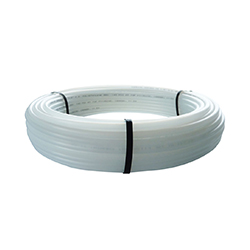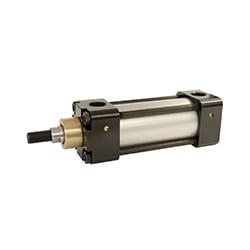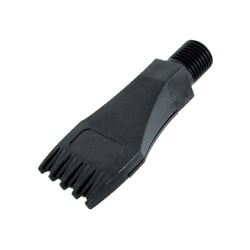The tension on a hose reel spring is typically adjusted in the factory, but over time, the spring may lose or gain tension.
Too much tension can cause premature wear or even the failure of the hose reel and put everyone in the vicinity at risk. Conversely, the lack of tension can prevent the hose reel from performing one of its main functions, that is, keeping the hose coiled when not in use.
How to adjust the spring tension of a one-arm hose reel
To ensure the proper operation of your hose reel, here is the procedure for adjusting the tension of a one-arm automatic hose reel.
⚠️ Warning
Be careful, before making your adjustment, it is important to make sure to disconnect or isolate your hose reel from the compressed air system and to remove any residual pressure from the hose. Wearing protective eyewear is highly recommended.
To add tension
Here are the steps to add tension to the spring of a one-arm hose reel.
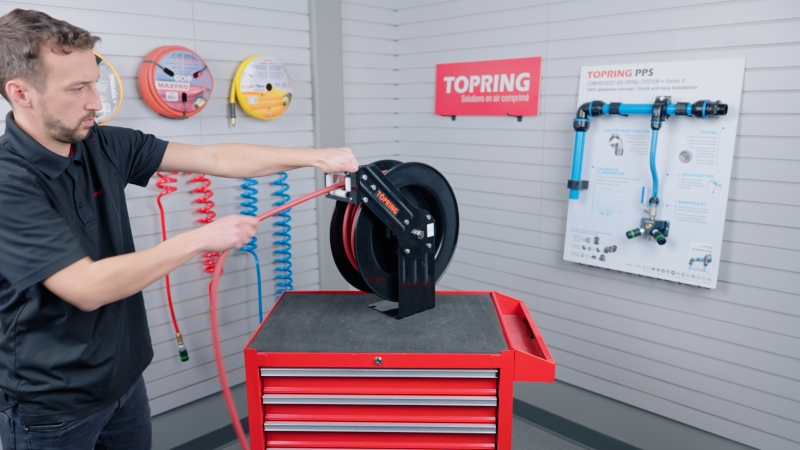
Step 1: Pull out the hose until there is only 15 feet of length left in the hose reel.
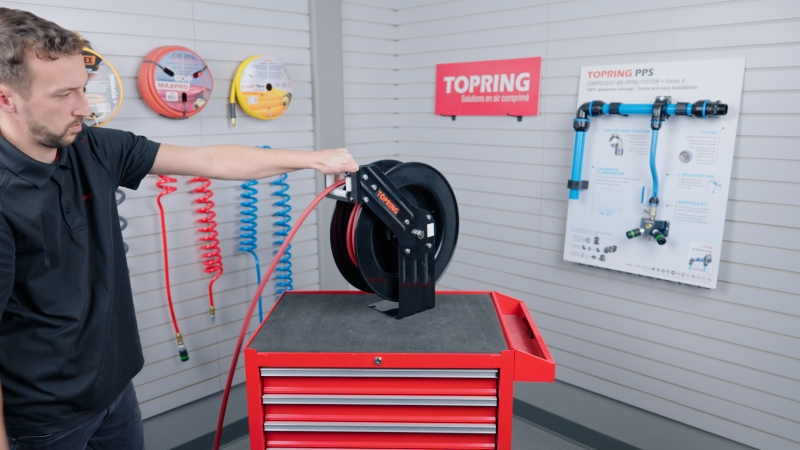
Step 2: Make sure the locking mechanism is properly engaged.
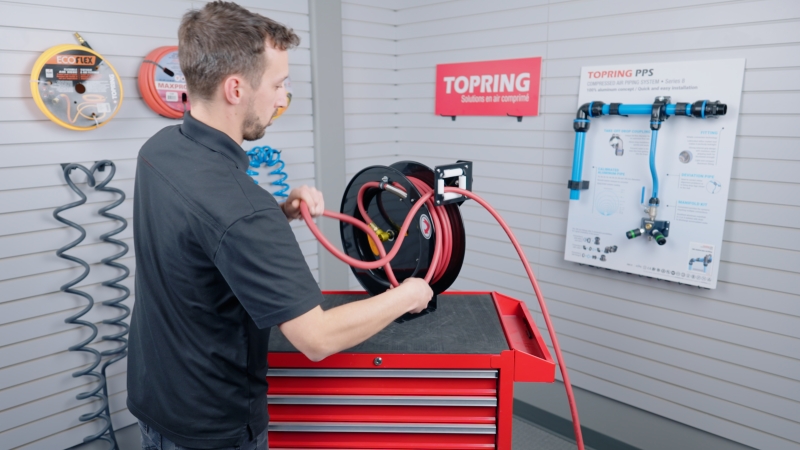
Step 3: Manually wrap the hose around the reel.

Step 4: Perform a maximum of 2 wraps at a time and test the tension to avoid exceeding the capacity of the spring.
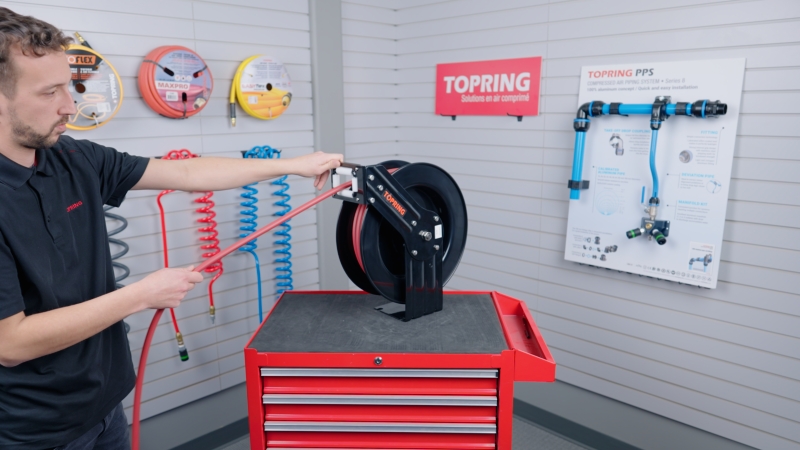
Step 5: Repeat this process until the desired tension is reached and then disengage the locking mechanism.
To reduce tension
Here are the steps to reduce tension for a one-arm hose reel.
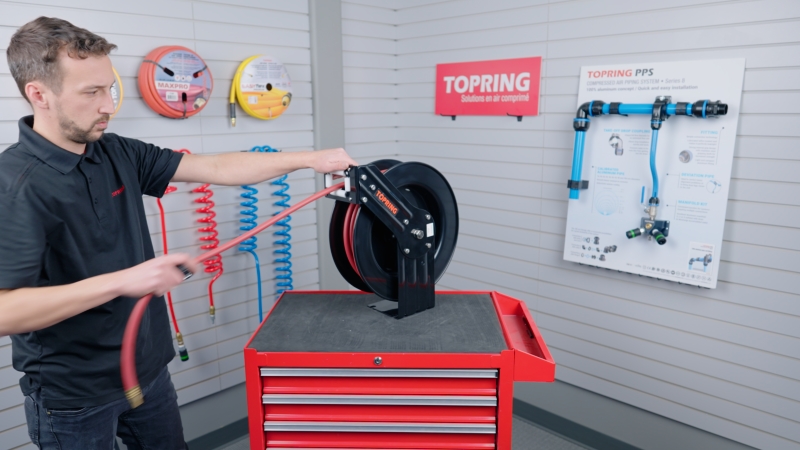
Step 1: Pull the hose out 4 to 5 feet from the reel.
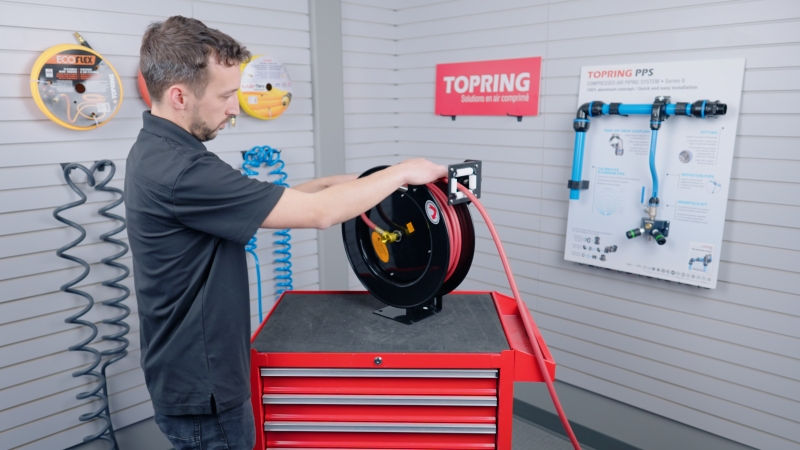
Step 2: Be sure to engage the locking mechanism.
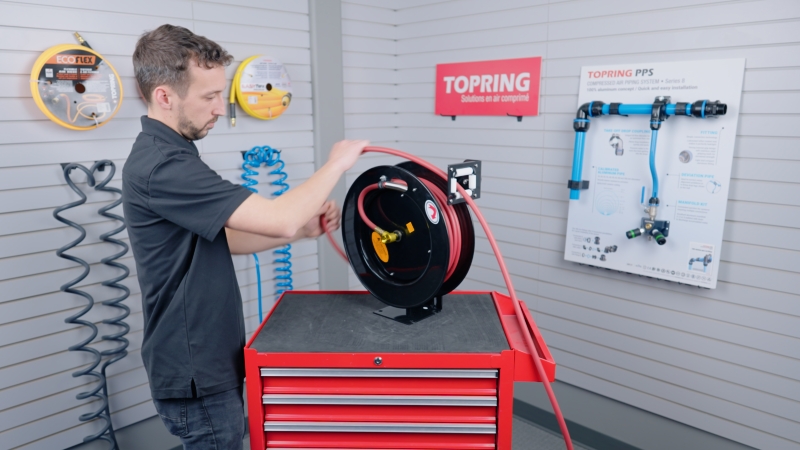
Step 3: The hose is now released enough, to manually remove the hose wrapped around the coil.
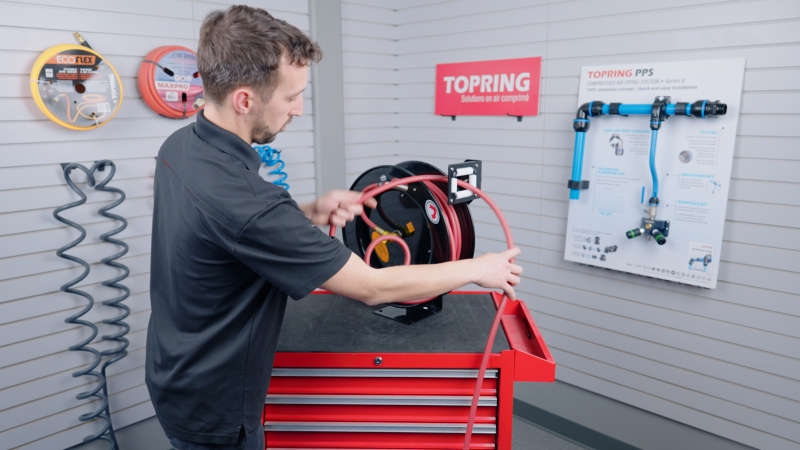
Step 4: Manually remove the hose to reach the desired tension.
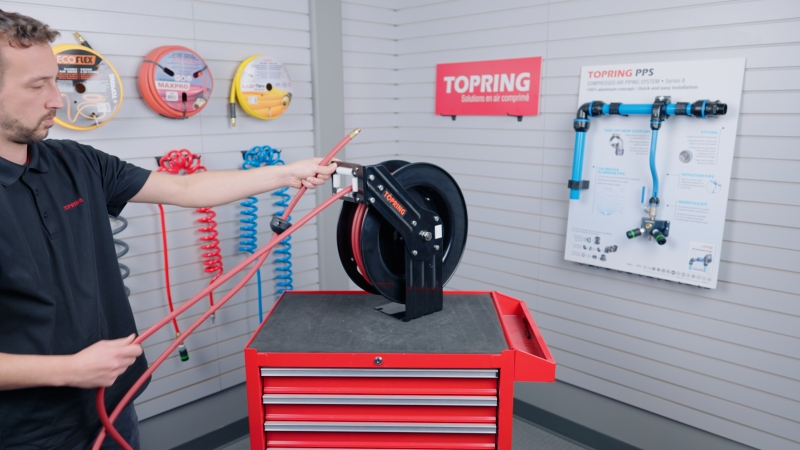
Step 5: Bring the bumper closer to the hose reel without activating the rewind mechanism.
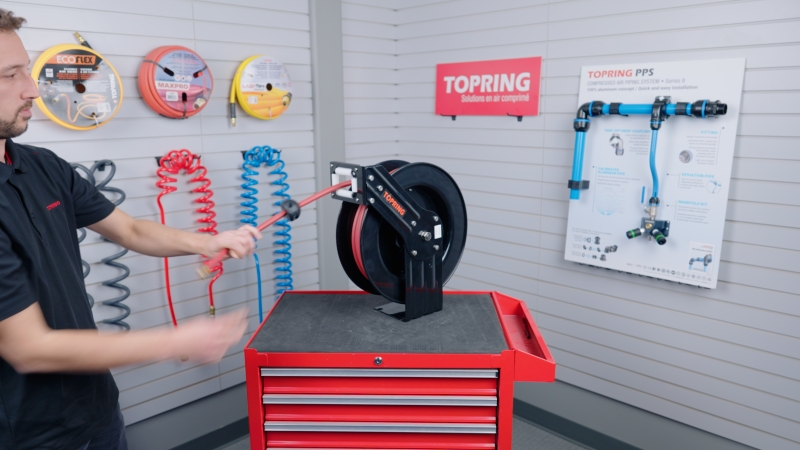
Step 6: Once complete, disengage the locking mechanism.
How to adjust the spring tension of a two-arm automatic hose reel
To ensure the proper operation of your hose reel, here is the procedure for adjusting the tension of a two-arm automatic hose reel.
⚠️ Warning
Be careful, before making your adjustment, it is important to make sure to disconnect or isolate your hose reel from the compressed air system and to remove any residual pressure from the hose. Wearing protective eyewear is highly recommended.
To add or remove tension
To add or remove tension with a two-arm hose reel, all you must do is simply remove the stopper from the hose before adding or removing wraps and put it back in place after the adjustment is complete.
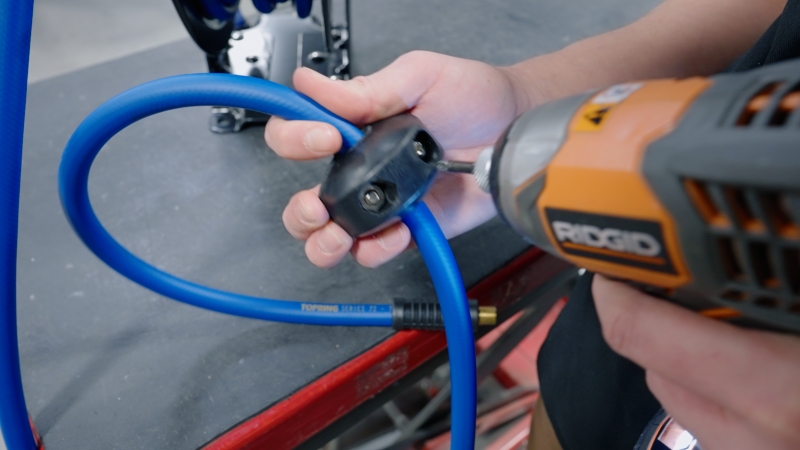
Steps to follow: Remove the stopper, pull the hose out of the hose reel guide and add/remove wraps.
Now you know how to adjust the tension of a reel with one or two arms and improve the use and extend the life of your hose reels.
For more tips and tricks on maintaining your compressed air equipment, visit the Resources section.


